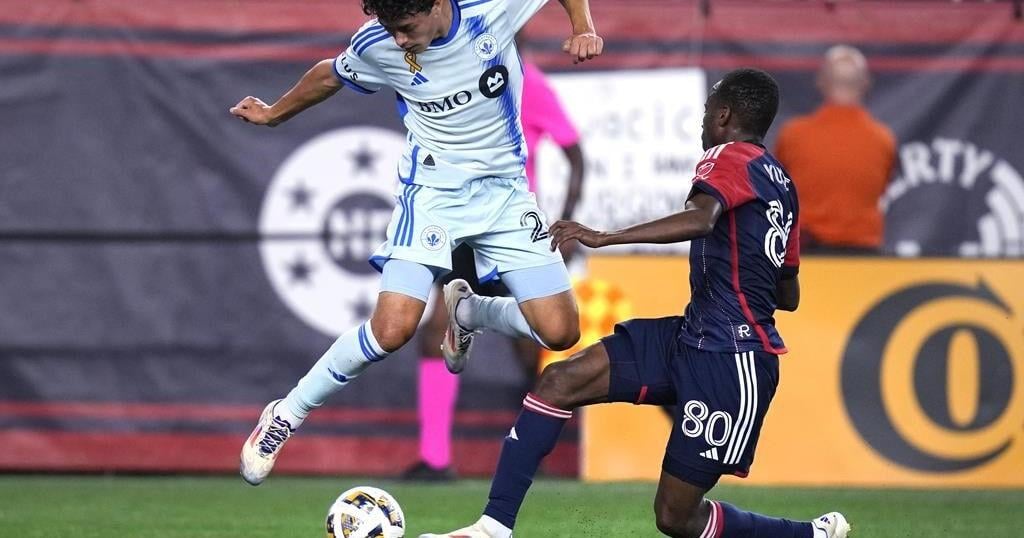As a resident of the U.S. looking to immigrate to Canada, you have several options at your disposal.
The option you pursue will depend on your individual circumstances and goals.
Achieving your Canadian immigration goal will require U.S. residents to meet specific criteria aligned with the program they apply for.
Economic Class: Express Entry
Express Entry is the Canadian government’s primary method for bringing foreign skilled workers to this country but it is not a Canadian immigration program itself. Express Entry is simply the name given to the online system used to cumulatively manage skilled worker applications from three different programs — the Canadian Experience Class (CEC), the Federal Skilled Worker Program (FSWP), and the Federal Skilled Trades Program (FSTP).
The Express Entry system works by granting an Invitation to Apply (ITA) — a requirement to apply for permanent residence in Canada through Express Entry — to the top-scoring candidates in the pool.
Express Entry’s process for handing out ITAs relies on the Comprehensive Ranking System (CRS), which scores and ranks candidates in all three above programs (the CEC, FSWP, and FSTP) based on a variety of factors. Based on a cut-off score that changes prior to every bi-weekly Express Entry draw, ITAs will be sent out to a number of the highest-scoring Express Entry candidates that can then submit an application for Canadian permanent residence.
Get a Free Express Entry Assessment
Economic Class: Provincial Nominee Programs (PNP)
Canada has Provincial Nominee Programs in 11 of the country’s 13 combined provinces and territories, excluding Quebec and Nunavut, which allow each province to “hand-pick” immigration hopefuls that they believe will help them address labour market needs particular to the region.
There are two types of PNPs: “enhanced” programs, which are aligned with Express Entry; and “base” programs which operate independently from the Express Entry system.
Enhanced programs pull from the Express Entry pool of candidates. A provincial nomination through one of these PNPs will add 600 points added to a candidate’s CRS score for Express Entry. This will essentially guarantee that any PNP recipient will receive an ITA in a subsequent Express Entry draw.
Meanwhile, base PNPs can be an option for people ineligible for Express Entry. To immigrate through a base PNP, you apply to the province, and if you are eligible, get a nomination. With your certificate in hand, you can then apply for permanent residence in Canada through the federal government.
Work: the Canada-United States-Mexico Agreement (CUSMA)
As of July 2020, the agreement formerly known as NAFTA was replaced by the Canada-United States-Mexico Agreement (CUSMA). Through CUSMA, residents of the U.S. have a simpler path to working in Canada because the employer that they work for in this country will be permitted to skip the lengthy and sometimes expensive process involved with filling out a Labour Market Impact Assessment (LMIA).
An LMIA assesses the expected impact of introducing a foreign national to Canada’s labour market. So long as an employer can demonstrate that hiring a foreign worker will have either a positive or neutral impact on Canada’s labour market, this process should go smoothly.
CUSMA work permits break down into the following four categories.
CUSMA Professionals: People who qualify as CUSMA Professionals must be equipped to work in Canada in one of approximately 60 targeted occupations. CUSMA Professionals are required to have “pre-arranged employment in Canada, or a service contract with a Canadian company, in an occupation that corresponds to their professional qualifications.” They may also be required to provide education credentials and proof of work experience depending on their targeted occupation.
CUSMA Intra-Company Transfers (ICTs): Under this category, CUSMA ICTs who are being temporarily transferred to work for the Canadian branch, subsidiary or affiliate of their US or Mexican employer must be presently employed at the Mexican or American company in question; have continuously worked a minimum of one year (out of the last three) in a comparable position to the one they will be occupying in Canada and have the nature of their work be deemed “managerial, executive, or involving specialized knowledge”.
CUSMA Traders: To be eligible for a work permit under this category, CUSMA Traders must prove that they are entering Canada with the intention of carrying out “substantial trade” between Canada and their home country (either the United States or Mexico).
Note: Substantial trade takes place when “more than 50% of the trade [occurs] between Canada and one of the other countries”, as calculated based on either the volume or value of the goods/services being exchanged by the Trader’s employer.
CUSMA Investors: A CUSMA Investor is someone who has made a sizeable investment in a new or existing business within Canada and is attempting to enter the country to develop and direct that business rather than partake in hands-on work. This would require a determination that the individual has a controlling stake in the company and can demonstrate that they will be directing, controlling, and guiding employees. Essential staff members of the CUSMA Investor may also be granted work permits under this category.
Work: Temporary Foreign Worker Program (TFWP) and the International Mobility Program (IMP)
U.S. residents are eligible to receive a work permit under either the Temporary Foreign Worker Program (TFWP) or the International Mobility Program (IMP), but work permits given through the TFWP require an LMIA and IMP work permits do not. The other difference between the TFWP and the IMP is their goals, as the TFWP is intended to fill labour market gaps while the IMP is designed to generally broaden Canada’s economic, social, and cultural interests.
The TFWP and the IMP are just two examples of options that U.S. residents have to explore coming to Canada temporarily. Several other immigration programs exist to help people living in the U.S. come to Canada with permanent residency.
Schedule a Free Work Permit Consultation with the Cohen Immigration Law Firm
Family Sponsorship
Canada provides its permanent residents and citizens with the ability to sponsor their spouses, common-law partners, children, parents, and grandparents — assuming they are medically and criminally admissible. Specific circumstances would allow Canadians to sponsor other relatives (siblings, aunts, uncles) as well.
Spouses and common-law partners living in the U.S. can be brought to Canada by their partners if they meet eligibility criteria that include being 18 years of age or older and being in an ongoing, genuine relationship with a Canadian who can financially support you and any children you may have. During the spousal/common-law partner sponsorship decision process, the U.S. resident in the relationship may also be able to obtain a Spousal Open Work Permit (SOWP).
Sponsor your family for Canadian immigration
Study: Study Permits and Post-Graduation Work Permits (PGWP)
Those living in the U.S. and wanting to study in Canada must obtain a study permit, which can be done after receiving a letter of acceptance from a Canadian Designated Learning Institution (DLI).
Immigrating to Canada through certain programs will require U.S. residents to complete an educational program from a Canadian DLI, which in many cases will also qualify interested individuals for a Post-Graduate Work Permit (PGWP). A PGWP would allow the recipient of the permit to work in Canada for up to three years.
This combination of work and study experience in Canada will open many immigration pathways to current residents of the U.S., but several immigration options remain available for those who have completed their education and simply want to come to Canada for work — especially if the individual is a U.S. citizen.
Discover your options to study in Canada
Proof of Citizenship
As a resident of the U.S., Americans who are born to a first-generation Canadian citizen may explore the opportunity to acquire Canadian citizenship for themselves.
Whether the American’s Canadian parent is alive or deceased, a Proof of Citizenship from Immigration, Refugees and Citizenship Canada (IRCC) can grant citizenship in Canada to a U.S. resident if they are able to demonstrate that their biological or legal parent was in fact a Canadian citizen when they were born. Evidence used as proof in this situation can include such things as the Canadian parent’s birth certificate, Canadian citizenship card, or citizenship certificate.
Get a Free Legal Consultation on Applying for Proof of Canadian Citizenship
Source link
Related

























